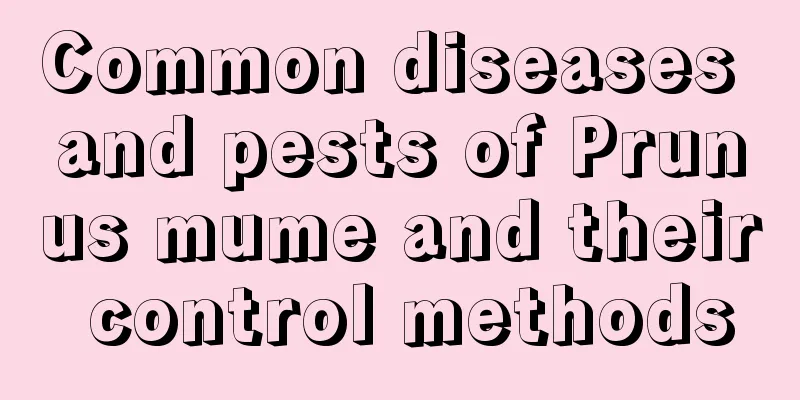The efficacy and function of Jinrong

The ornamental value of Ficus microcarpaGarden application valueThe branches and leaves of the golden fig are dense and lush. It is a famous foliage plant and therefore has a very high ornamental value. In southern my country, banyan trees are often used for garden decoration. In addition to being used in gardens, Ficus microcarpa is also suitable for use as a clump planting beside roads, between walls, and between rocks. It can also be planted as a green hedge or basic planting material. The reason why the golden fig is called variegated wood is that its color and shape vary greatly, showing different colors and postures. It is very beautiful and popular. Therefore, it is often used in park green spaces and garden beautification in southern my country. It is worth mentioning that the branches and leaves of the golden fig are ideal foliage for flower arrangement, wreath making and flower basket making. Indoor ornamental valueThe Ficus microcarpa is considered to be the foliage tree species with the most variations in color and shape in nature. It has extremely high ornamental value and is very beautiful. It is a common potted plant in northern regions. The golden banyan tree is often used in North China and Northeast China to embellish interior environments and decorate desks, meeting places, and halls. Speaking of the size of the potted plants, medium-sized potted plants are often displayed in halls, meeting places, restaurants, conference rooms, hotels and other places for decoration and viewing, adding a lively atmosphere to the entire place; small potted plants are often placed on desks, bedrooms, coffee tables, etc., adding a bright atmosphere to the small space, which is eye-catching and has the effect of regulating mood. However, when using the Ficus microcarpa for viewing, you should pay attention to the fact that the Ficus microcarpa is not shade-tolerant so the indoor viewing time needs to be controlled. Generally speaking, it can be placed for 2-3 weeks. Medicinal value of Ficus microcarpaMedically verified, the latex of Ficus microcarpa is poisonous. If humans or animals accidentally ingest the juice or leaves of Ficus microcarpa, they will experience a series of poisoning symptoms such as abdominal pain and diarrhea. What's more serious is that tests have shown that the latex of Ficus microcarpa contains substances that activate EB toxin. Long-term exposure to such substances may induce nasopharyngeal cancer. Therefore, people who raise fish and those who watch them must be vigilant to prevent poisoning. |
<<: Several flowers you can buy in early spring, much more beautiful than green radish
>>: The difference between the Chinese crabapple and the weeping crabapple
Recommend
What is the best time to plant mangosteen?
What month is suitable for planting mangosteen? M...
Do cherry trees need pruning? When is the best time to prune cherry branches?
Every cherry tree can produce big and delicious c...
How long does it take for Mao Hanni to adapt to the basin?
Mao Hanni acclimatization time After the Maohanni...
How to grow rainbow jade in spring
1. Increase lighting The sunlight intensity in sp...
How many colors of carnations are there
1. How many colors of carnations are there? Commo...
What are the effects and functions of okra?
1. Lowering blood lipids Okra contains a lot of d...
Can Christmas cactus be placed indoors?
1. Can it be placed indoors? Under normal circums...
How to Overwinter Garlic in the Field
Autumn-sown open-field garlic needs to go through...
How to grow gladiolus
Gladiolus Growing Conditions Gladiolus likes suns...
How many years does it take for tangerines to bear fruit?
The fruit of tangerine planting for several years...
What is the best month to plant horseshoe
When to plant horseshoe It is generally suitable ...
How much does it cost to invest in 2,000 bags of oyster mushrooms (investment cost and profit per acre of oyster mushroom greenhouse)
Is it profitable to grow oyster mushrooms? Oyster...
Reasons and solutions for the failure of Jade Plant to bloom
Jade plant is a popular succulent plant known for...
How to plant grape seeds
Grape Seed Introduction Grape seeds are easy to o...
The efficacy and function of daylily
The efficacy and function of daylily Clears heat ...









